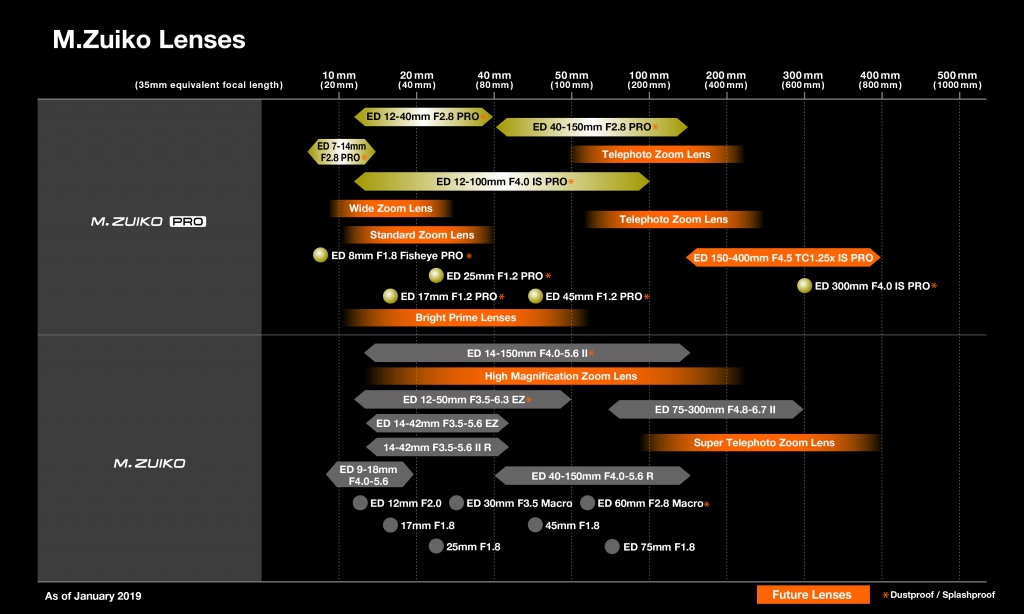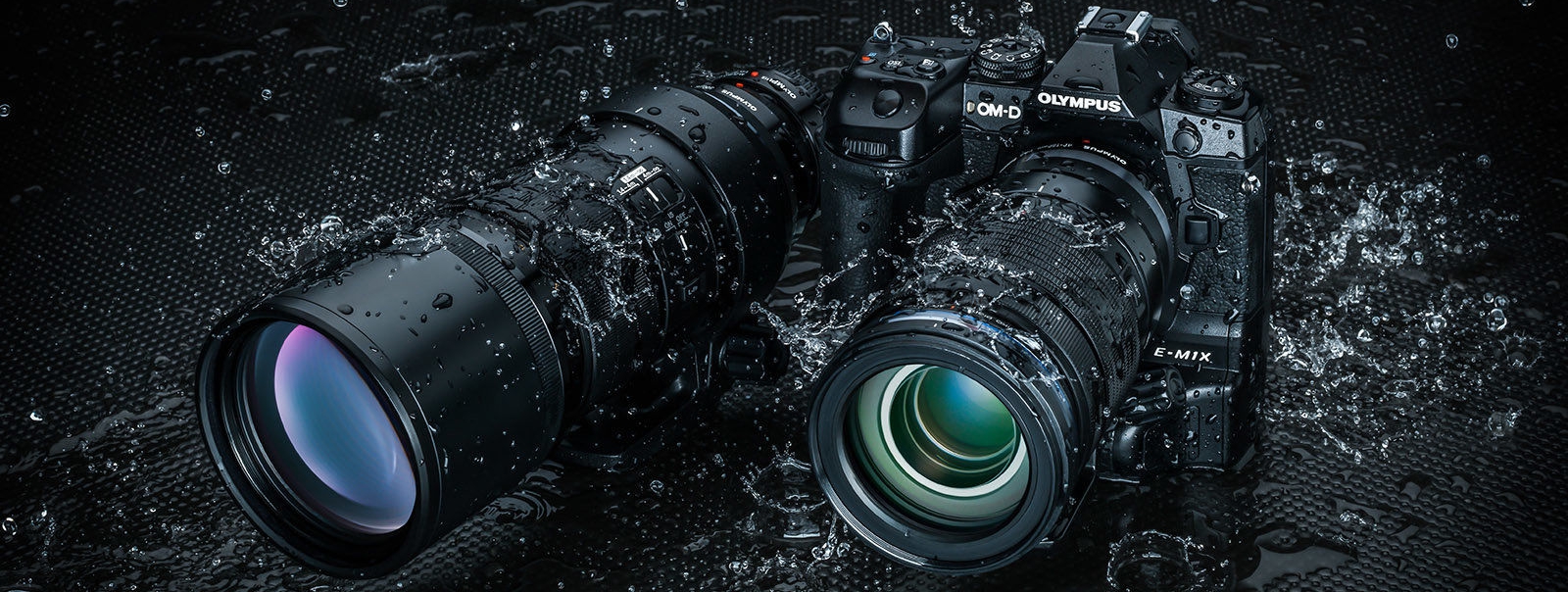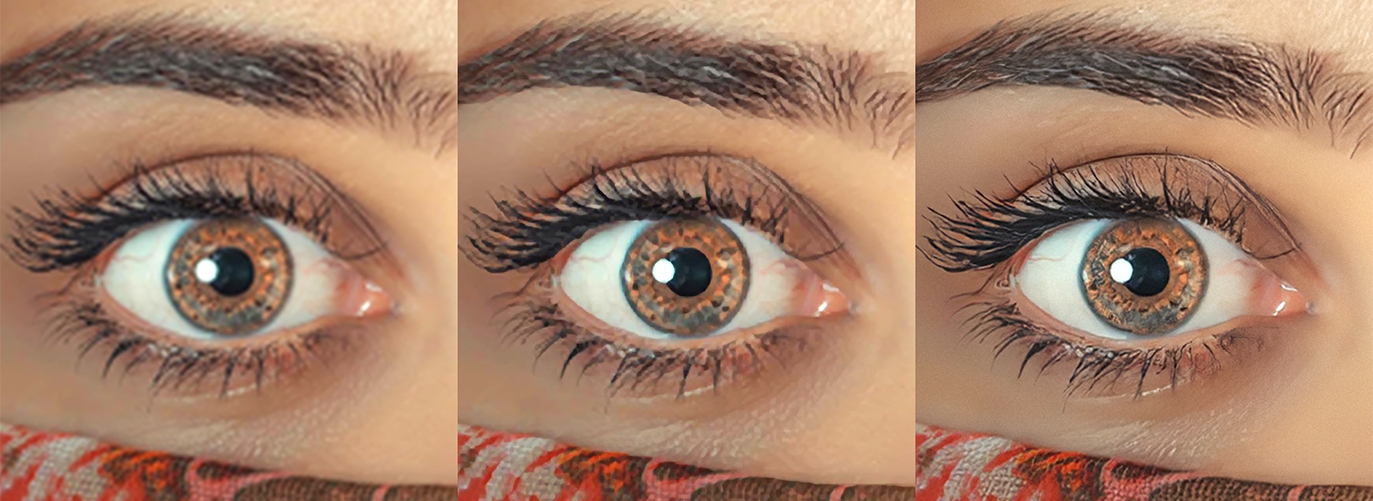So it has happened. Olympus OMD E-M1X is out and the world has reacted to it. I did not have the chance to try the camera out and as far as I can tell there is no Launch Event in Europe close to me. That is OK, because based on what I have read from reviews on the Internet so far, I can make an adequate educated guess about what this camera is and what it is not.
The first impression of this camera’s reviews is not dissimilar to the one I wrote in my last post, when various “rumours” (aka controlled leaks) were coming out. It has some some nice advancements utilising computational photography, but the imbalance this model suffers from is not going to do it any favours.
The Good
- Has an integrated grip which can house two batteries and allows for better ergonomics,
- The EVF has better magnification,
- Supports Hand-Held HiRes mode,
- Customisable Focus points,
- Joystick control, easier to set focus point while recording a video,
- Dual UHS-II slots,
- Faster Processing,
- Live ND (up to simulated ND32),
- 7.5 stops of stabilisation,
- 1080@120p video recording,
- Incredible weather sealing,
- Sensor array (GPS and others),
- Bluetooth connectivity,
- USB-C charging,
- AI-assisted focusing for cars, motorbikes and… trains (which appears to be a popular theme in Japan).
The Bad
- Same 2-year old sensor. Olympus claims a new coating, but from what I’ve seen (mostly on dpreview.com’s comparisons), it barely makes any difference. Olympus also claimed that they have improved low-light performance by almost stop, but so far I did not notice it,
- Same old EVF technology, LCD with limited screen resolution,
- Unchanged amount of focus points,
- Lacking Video performance (though they’ve added a Log mode), with no support for 4k@60p
- A list price of €3000!!!
And the Ugly
This camera has no reason to exist. Let me explain why.
- This camera does not deal with the pain points of MFT sensors and that’s a big part thanks to E-M1 II which gave us an all around great camera with features that made the limited sensor’s performance acceptable and even the price was easier to swallow.
- Not only it doesn’t deal with those pain points, the feature to price ratio for the new features is out of whack. Nobody would raise a fuss if this camera costed €2000, but its current asking price is unjustifiable.
- Can this be seen as a technology demo? Probably, I mean it has ML-based autofocus abilities and probably the world’s first practical handheld HiRes mode. But if that’s a technology demo…
- … why did it take Olympus so much time to release it and where are the more traditional models, with the improvements the market wants?
In short, after 2 years we expected something more than we got. It’s Olympus’s prerogative to create a camera that is a very expensive prototype for those who can afford it, as it is to release a camera that’s focusing on sports photographers. Sony does something similar with their a7 and a9 lines.
However, with so much time in between and with no other model coming out, we can’t but treat this one as the E-M1 II’s successor, exactly because they haven’t announced something else so far, but… neither the price nor its core, non-AI features make it a justifiable option for most people coming from E-M1 II.
I still want one…
I could probably justify purchasing this if it cost €2000; it’s better than E-M1 II in many ways, even if it’s merely on-par in others and even if it’s not as great step the E-M1 II was to E-M1. Who wouldn’t want this, really? But at 3000 euros, this is going to be a hard sell, even for enthusiasts – do I really need HandHeld HiRes and GPS for what costs like two E-M1 II bodies?
… but it’s not worth it…
My main point is not with this camera itself. I can happily skip this model and look forward to the next one that might be more to my taste, but Olympus is not offering any confidence about their future moves. See, the other announced products apart from the E-M1X was a wireless flash unit (about time, though in terms of performance this sits below FL-900R), the FL-700WR. They have also announced the 2x teleconverter. They said that the upcoming 150-400 f/4.5 will be released later this year, and it’s going to be white (!) and very expensive.

What was NOT announced however, was other, more affordable lenses (merely hinted at, but that can mean anything) and, probably to avoid making the E-M1X look bad, no new camera bodies either that would have any meaningful changes, such as a better sensor. When are we going to get them? Nobody knows!
In short, there is this worry from my side that MFT has reached its peak in terms of core features, such as light gathering. I won’t lie, the awful low-light performance I get which can be marginally fixed with ETTR and lots of noise reduction is not an experience I enjoy, yet this is the most basic thing a camera must do; everything else is an extra, no matter how nice it is.
MFT worries me. What options do I have?
Panasonic does not seem to care much any more and Olympus tried to pull another E-M1 II and it’s not going too well in my opinion. As I have expressed in my previous post, the future of MFT worries me and the question in my mind is not if, but when I should jump ship and to where.
Bear in mind, I am happy with my E-M1 II for now. I like its features to the point where I can ignore its low light troubles for now, but I do wonder if I shouldn’t have to compromise there after all? What if I changed systems? What would I lose and how much would that cost me?
I am a victim of hype. Should I buy a Sony?
The following thought experiment is for people like me: I do not make any real money with photography, especially when compared to my day job as a Software Architect. I am merely a hobbyist who knows what he needs out of a camera, after having spent enough time with it to also know his limitations and who is considering moving out of MFT.
OK then, let’s do some math! I currently have the M. Zuiko 7-14 and the 12-100 (disregarding any primes) so I would ideally want to cover as much of this range as possible without sacrificing quality; only top-notch glass will do. My primary focus is landscapes with portraits coming in second and street photography third.
If I were buying a Full Frame camera today then, I would probably go for an a7R III with the 16-35 f/2.8 for landscapes and difficult low light situations, the 70-200 f/2.8 for portraits and zoom and perhaps a cheaper lens down the line for street photography which I don’t do as often anyway as you could probably tell by my portfolio.
- You can get an a7R III body for €2100 if you are willing to forego manufacturer warranty and go for limited seller warranty, or pay €3300 for proper Sony EU warranty. I am usually against grey market imports, but that’s the cost of an extra camera; definitely grey market here.
- The 16-35 f/2.8 can be had for €1700 (grey market), or €2400 (official). The price difference is not insignificant and I might consider the grey market, accepting that it might cost me more down the road if I have issues with it, but still probably less than the €700 difference.
- The 70-200 f/2.8 is even more expensive: €3000 (official) vs €2000 (grey). Same recommendation applies.
What have we learnt? We have a cost of 2100 + 2000 + 1700 = €5800 based on our above observations and we still are not covering the 36-69mm range, the most crucial one for street photography. My gear so far is the the E-M10 II, the E-M1 II, the 7-14, the 12-100, the 25mm, the 45mm and the FL-900R flash (along with any extra accessories), which I would expect they would barely sell for €3000 (they are in good condition, but they have some minor traces of use, despite me being very careful with them), so I would still have to pay €2800 to get into a system with worse ergonomics, less features but more light gathering. As much as an E-M1 II + 12-100 f/4 combo.
So the bet is this. Trust Olympus to innovate in crucial areas, like the sensor capabilities, or move while you have time to sell your existing stuff with a decent price. Is the move worth it? Do you need the better light gathering capabilities of Full Frame sensors? Do you need the features in the E-M1X/II that do not exist elsewhere? Are you ready to pay more for similar quality lenses? Will all this really improve your photography?
These are the questions Olympus should be answering and focusing on. And if they don’t do it soon, I might not be the only one to consider downsizing their MFT arsenal, even if it would not necessarily improve me photography and may simply be an expression of the Gear Acquisition Syndrome.



